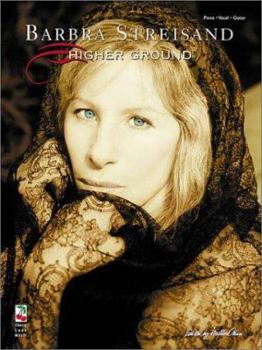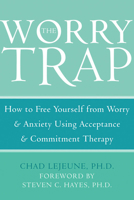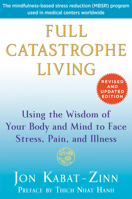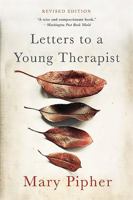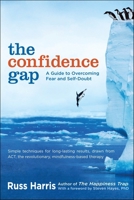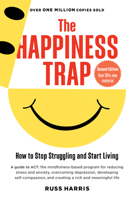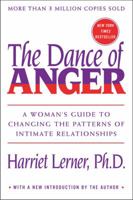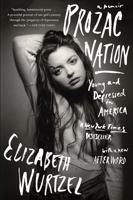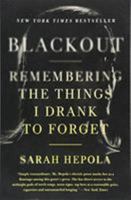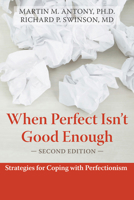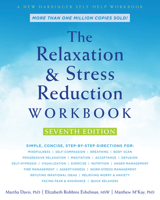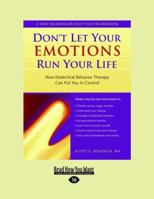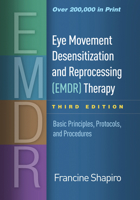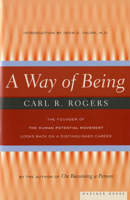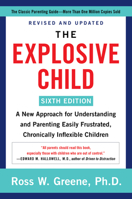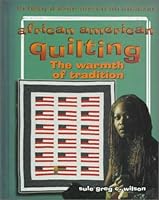Barbra Streisand - Higher Ground
Select Format
Select Condition 
You Might Also Enjoy
Book Overview
(Songbook). Songs of inspiration, interpreted as only Streisand can, are faithfully rendered in the matching songbook to the multi-platinum selling album. Twelve songs, including such classics as "You'll Never Walk Alone," "The Water Is Wide," "Deep River," plus the powerhouse duet with Celine Dion, "Tell Him" in piano/vocal arrangements. Includes color photos and Streisand's own commentary on the songs. This description may be from another edition of this product.
Format:Paperback
Language:English
ISBN:1575601036
ISBN13:9781575601038
Release Date:September 1998
Publisher:Cherry Lane Music Company
Length:76 Pages
Weight:0.64 lbs.
Dimensions:0.2" x 9.0" x 11.9"
More by Sule Greg C. Wilson
Customer Reviews
5 customer ratings | 5 reviews
Rated 5 starsI really enjoyed this book. I am not too familiar with...
By Thriftbooks.com User,
I really enjoyed this book. I am not too familiar with the family feuds that went on between the daughters and Barbara, but I was not looking for a book to explain the drama, I wanted the inside scoop into Frank's life, and learning about Barbara wasn't too boring either! I like that she admitted they had problems and didn't fluff everything. I'm sure they fought like cats and dogs, I mean it was Frank Sinatra after all! I...
1Report










